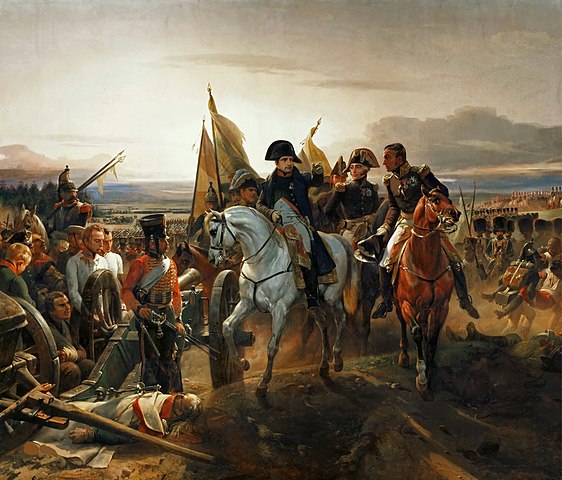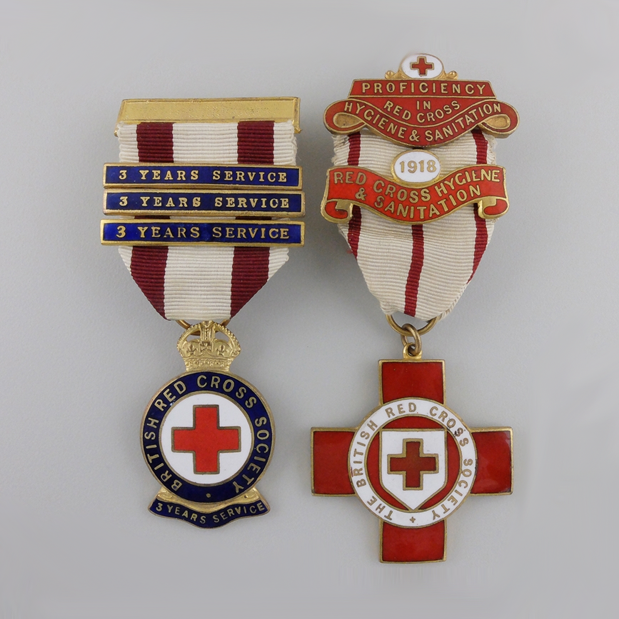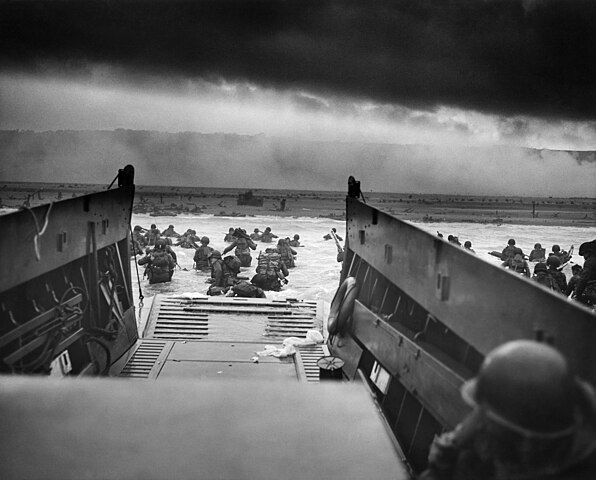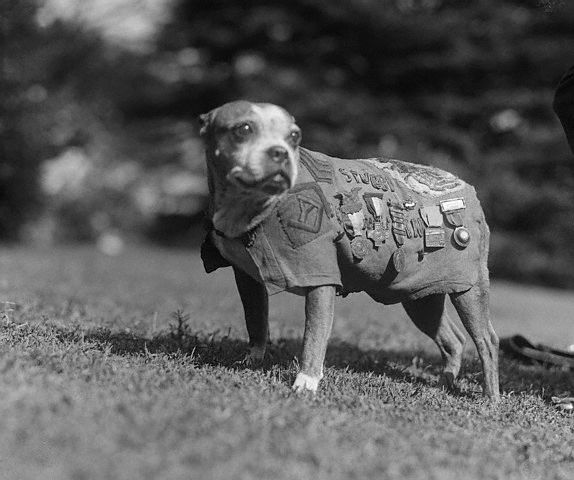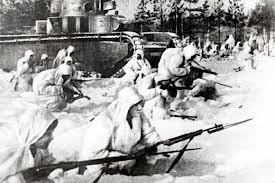The Napoleonic Wars were a series of conflicts fought between 1803 and 1815, primarily involving the French Empire led by Napoleon Bonaparte and various coalitions of European powers seeking to contain or defeat him.
These wars saw the issuance of various military medals and decorations to recognize acts of bravery, service, and merit on the battlefield. These medals were often awarded by national governments or military commanders and served as symbols of honor and distinction for those who served in the wars.
In this article, we will explore all the medals awarded for the Napoleonic Wars.
The Five Phases of the Napoleonic Wars
The Napoleonic Wars had a profound impact on European history, reshaping the political landscape and setting the stage for the modern era. The wars can be divided into five main phases:
War of the Third Coalition (1805): This conflict began with the Third Coalition of European powers, including Austria, Russia, and the United Kingdom, declaring war on France. The war culminated in the decisive Battle of Trafalgar, where the British Royal Navy defeated the combined French and Spanish fleets, establishing British naval supremacy.
War of the Fourth Coalition (1806-1807): Napoleon’s forces faced off against Prussia, Russia, Saxony, and Sweden in this conflict. The war included Napoleon’s famous victories at the Battles of Jena and Auerstedt in 1806 and the Treaties of Tilsit in 1807, which resulted in significant territorial gains for France and its allies.
War of the Fifth Coalition (1809): Austria led the Fifth Coalition against France, seeking to regain territory lost in previous conflicts. The war saw Napoleon’s victory at the Battle of Wagram, leading to the Treaty of Schönbrunn and further territorial concessions from Austria.
Peninsular War (1808-1814): This conflict, fought primarily in the Iberian Peninsula, saw French forces facing off against Spanish and Portuguese guerrilla fighters, as well as British expeditionary forces led by the Duke of Wellington. The Peninsular War drained French resources and morale, ultimately contributing to Napoleon’s downfall.
War of the Sixth Coalition (1812-1814): This coalition, which included Russia, Prussia, Austria, and Sweden, launched a major campaign against Napoleon’s forces. The war included Napoleon’s disastrous invasion of Russia in 1812 and culminated in the Battle of Leipzig, also known as the Battle of Nations, in 1813. The coalition’s victory led to Napoleon’s abdication and exile to the island of Elba.
The Napoleonic Wars Military Medals
Some notable military medals associated with the Napoleonic Wars include the Legion of Honor (France), the Honorable Order of the Bath (United Kingdom), the Iron Cross (Prussia), the Military Medal (France), and the Military Order of Maria Theresa (Austria). You can use the links below to learn more about each:
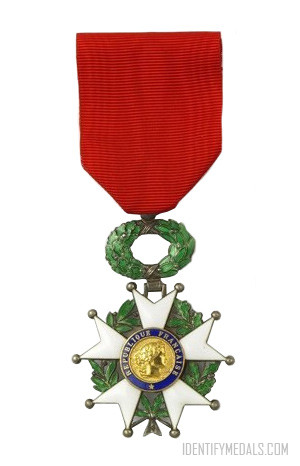
The Legion of Honor
The Legion of Honor (or Ordre national de la Légion d’honneur in French) is the highest French order of merit for military and civil merits.
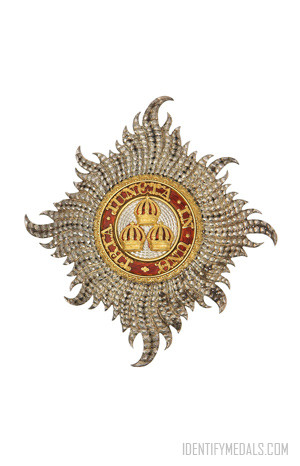
The Order of the Bath Medal
The Most Honorable Order of the Bath is a British order of chivalry founded by King George I in 1725 and turned into a Military Order.
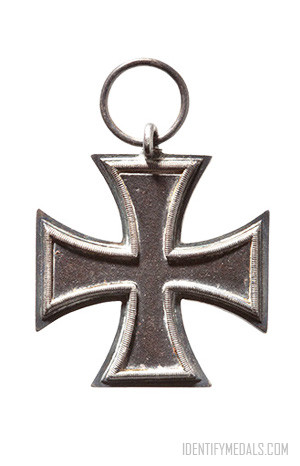
The Iron Cross (EK 1813)
The Iron Cross (Eisernes Kreuz) is a military decoration of the Kingdom of Prussia and later the German Empire and Nazi Germany.
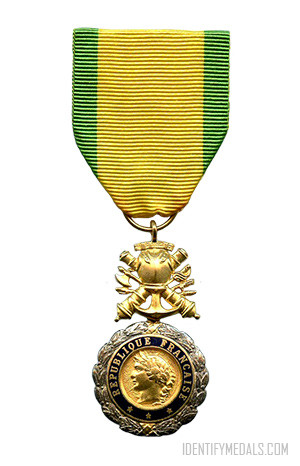
The Military Medal (France)
The Military Medal (Medaille Militaire) is a military decoration of the French Republic for meritorious service and acts of bravery.
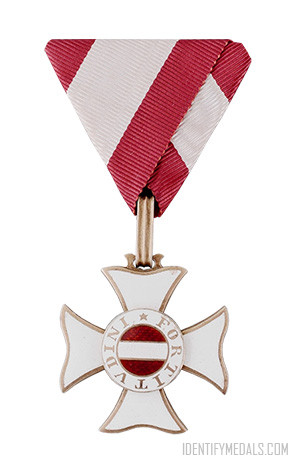
The Military Order of Maria Theresa
The Military Order of Maria Theresa was the highest military honor of the Habsburg Monarchy, Austrian Empire and Austro-Hungarian Empire.
The Napoleonic Wars and The Legion of Honor
The Legion of Honor was established by Napoleon Bonaparte in 1802 and was France’s highest military decoration and one of the most prestigious honors that a Napoleonic soldier could receive. Soldiers were awarded the Legion of Honor for a wide range of exceptional acts of valor, leadership, and service to the nation.
Overall, the Legion of Honor was awarded to Napoleonic soldiers who exemplified the highest ideals of military service, courage, and devotion to the nation. For example, someone might receive a Legion of Honor for:
Acts of Bravery on the Battlefield: Soldiers who displayed exceptional courage and bravery in the heat of battle were often considered for the Legion of Honour. This could include charging enemy positions, holding strategic positions against overwhelming odds, or rescuing wounded comrades under fire.
Leadership and Command: Officers who demonstrated outstanding leadership skills and tactical acumen were often recognized with the Legion of Honour. This could involve successfully leading troops into battle, devising innovative strategies, or rallying troops in the face of adversity.
Long and Meritorious Service: Soldiers who served with distinction over a long period of time, demonstrating dedication, loyalty, and professionalism, were also eligible for the Legion of Honour. This could include veterans who fought in multiple campaigns or served with distinction in peacetime roles.
Contributions to Military Science or Administration: Soldiers who made significant contributions to military science, technology, or administration were sometimes awarded the Legion of Honour. This could include engineers, medical personnel, or logistical officers who implemented innovative practices or technologies that improved the effectiveness of the armed forces.
Acts of Humanitarianism or Charity: Soldiers who demonstrated compassion and humanity, either on the battlefield or in civilian contexts, were occasionally recognized with the Legion of Honor. This could include providing aid to wounded or civilian populations, organizing relief efforts, or engaging in acts of charity and philanthropy.
Political or Diplomatic Service: In addition to military service, soldiers who served in political or diplomatic capacities, representing France’s interests abroad or negotiating treaties and alliances, were also eligible for the Legion of Honour.
The Napoleonic Wars and The Order of the Bath
During the Napoleonic Wars, the Order of the Bath played a significant role in recognizing the distinguished service and gallantry of British military officers and personnel. Established in 1725, the Order of the Bath was revived and expanded during the tumultuous years of conflict with Napoleon’s forces. It became one of the most prestigious military orders in Britain, serving as a symbol of honor and recognition for those who demonstrated exceptional bravery, leadership, and service to the nation.
The Order of the Bath was divided into three classes: Knight Grand Cross (GCB), Knight Commander (KCB), and Companion (CB). Each class represented a different level of distinction, with the Knight Grand Cross being the highest honor.
The Napoleonic Wars and The Iron Cross
Although the Iron Cross is more commonly associated with later conflicts, notably World War I and World War II, its origins can be traced back to the early 19th century, during the tumultuous era of Napoleon’s campaigns.
The Iron Cross was actually first established by King Frederick William III of Prussia in 1813, during the War of the Sixth Coalition against Napoleon. It was intended to honor Prussian soldiers who had demonstrated exceptional courage and valor in battle against the French forces.

